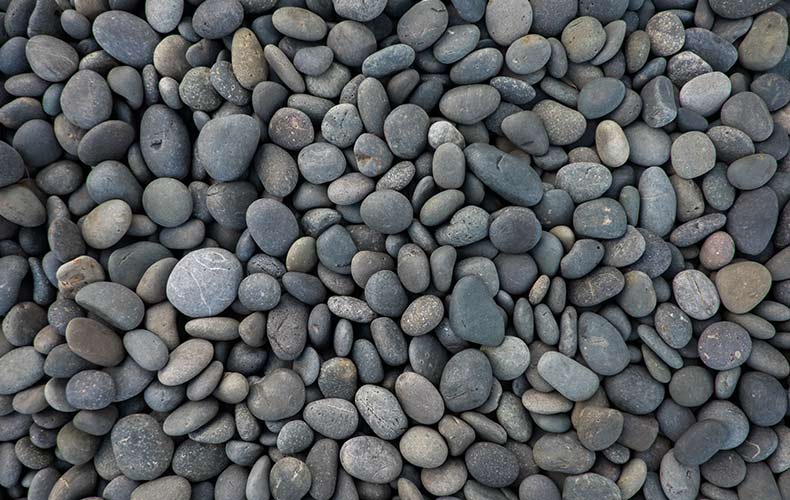What are Aggregates and How to Use Them?
Aggregates, pronounced ag-ruh-guhts, are a major component of asphalt and concrete. This material can be found in almost every part of our day-to-day lives, from highways and bridges to sidewalks and buildings. As Jamal Khatib says in Sustainability of Construction Materials, “Aggregate is the world’s number one non-fuel mineral commodity in terms of both volume and value.
What are aggregates?
Construction aggregates, or simply aggregates, is a broad term used to describe granular building materials. This includes stone, gravel, sand, crushed rock and recycled aggregates. The size of the particles determines whether aggregates are fine (e.g. sand) or coarse (e.g. gravel).
Aggregates can be divided into four main categories: natural aggregates, quarried aggregates, recycled aggregates and decorative aggregates.
Natural aggregates.

Natural aggregates consist of manufactured crushed stone and sand created by crushing bedrock, or naturally occurring unconsolidated sand and gravel.
Quarried aggregates.
Also known as crushed aggregates, quarried aggregates are produced by crushing quarry rock, cobbles or boulders. Geographical location may affect the type and grading of quarried aggregates available. There are thousands of quarries across the country and worldwide producing a variety of quarried aggregates to suit demand.
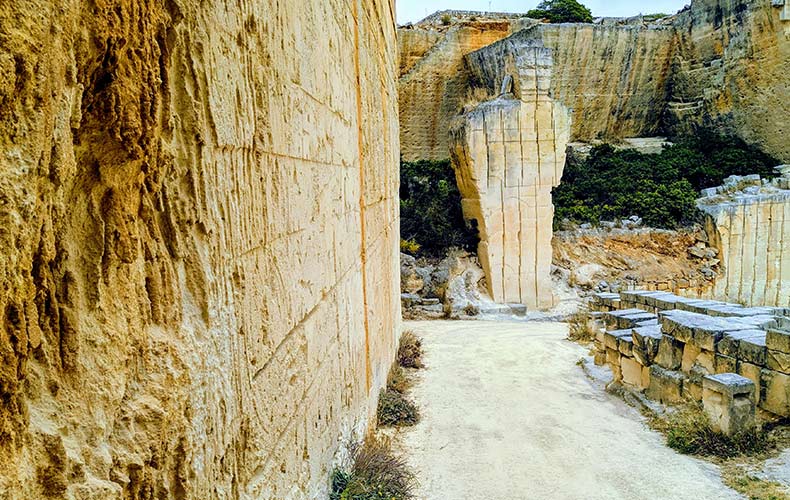
At Mainland Aggregates, we supply a large selection of quarried aggregates, including quarried drainage aggregates, quarried sub-base aggregates, quarried sand and various other quarried aggregates. For product information and/or professional advice, contact us today.
Recycled aggregates.
Recycled aggregates or recycled concrete is made by reusing and reprocessing materials debris generated from demolition, renovation, maintenance and constructions of buildings and infrastructure. Recycled drainage aggregates and recycled sub-base aggregates are some of the recycled aggregates that can be purchased at our online shop.
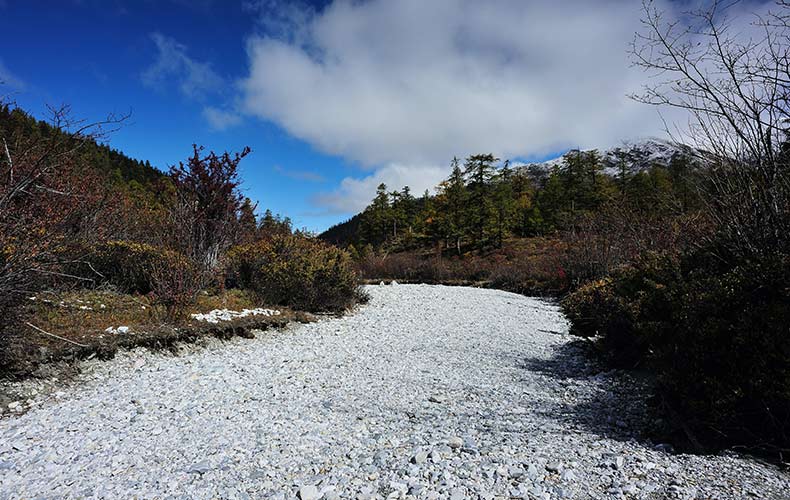
Decorative aggregates.
As the name states, decorative aggregates are used for decorative purposes mainly in landscape projects. Sometimes referred to as decorative stones, these versatile materials are used to create ornamental and functional outdoor areas, such as footpaths, plant borders and rockeries.
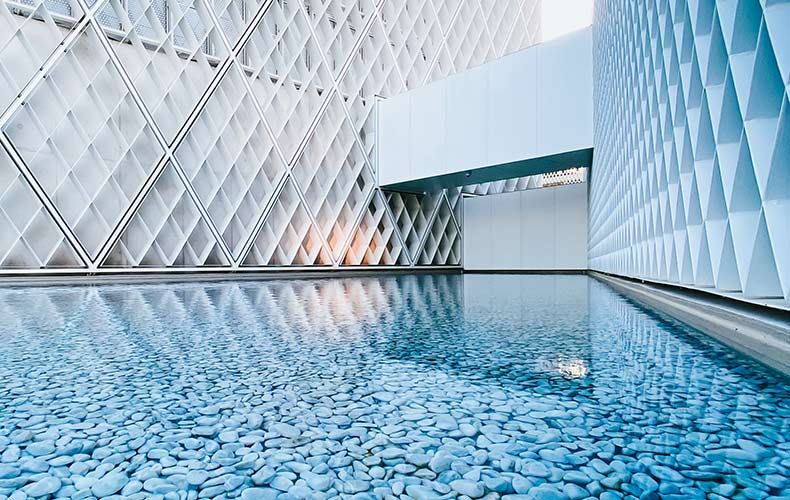
Related: Guide into decorative aggregates: types of decorative aggregates.
There is a wide range of decorative aggregates to choose from. These are available in various sizes and colours, from slate chippings, such as 20mm plum slate chippings, to pebbles and cobbles, including large white cobbles. Decorative gravel and blended chippings are also other examples of decorative aggregates.
When to use aggregates?
Aggregates can be used for a wide range of projects and applications all across landscape, construction and similar industries. When used in concrete, aggregates help to make concrete mixes more compact. Aggregates can also be used in construction to provide drainage, or in landscape projects to create garden paths and borders. However, these are only a few of the uses of aggregates, these materials can be used for many other projects.
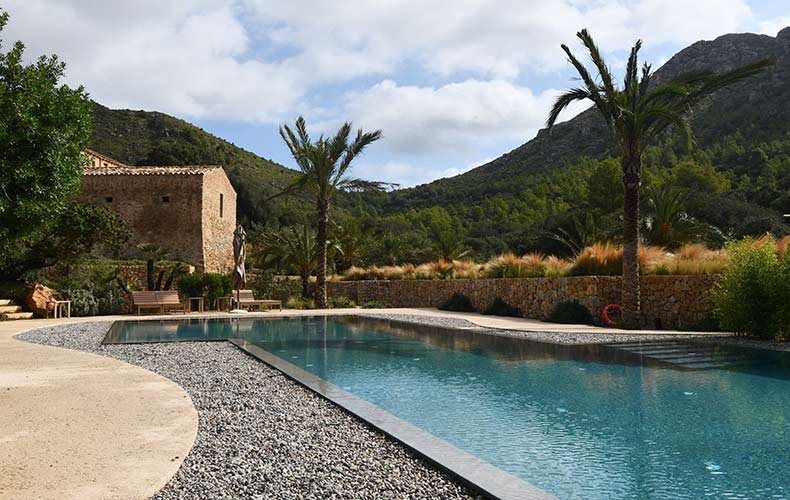
Where to buy aggregates?
Whether you are searching for “aggregates for sale” or “aggregates near me” – you will find all the types of aggregates you need at Mainland Aggregates. We are a family-run company that has a large network of hauliers throughout the country to course and supply quarried, recycled and decorative aggregates. All of our products can be purchased loose or in bulk bags.
Are aggregates the same as gravel?
Gravel is an aggregate. However, not all aggregates are gravel. Gravel consists of small rocks and rock fragments used in construction and landscape projects to create driveways, patios and pathways. If you require gravel for a future project but are unsure of how much gravel you will require, use our handy gravel calculator or contact our team for expert advice.

